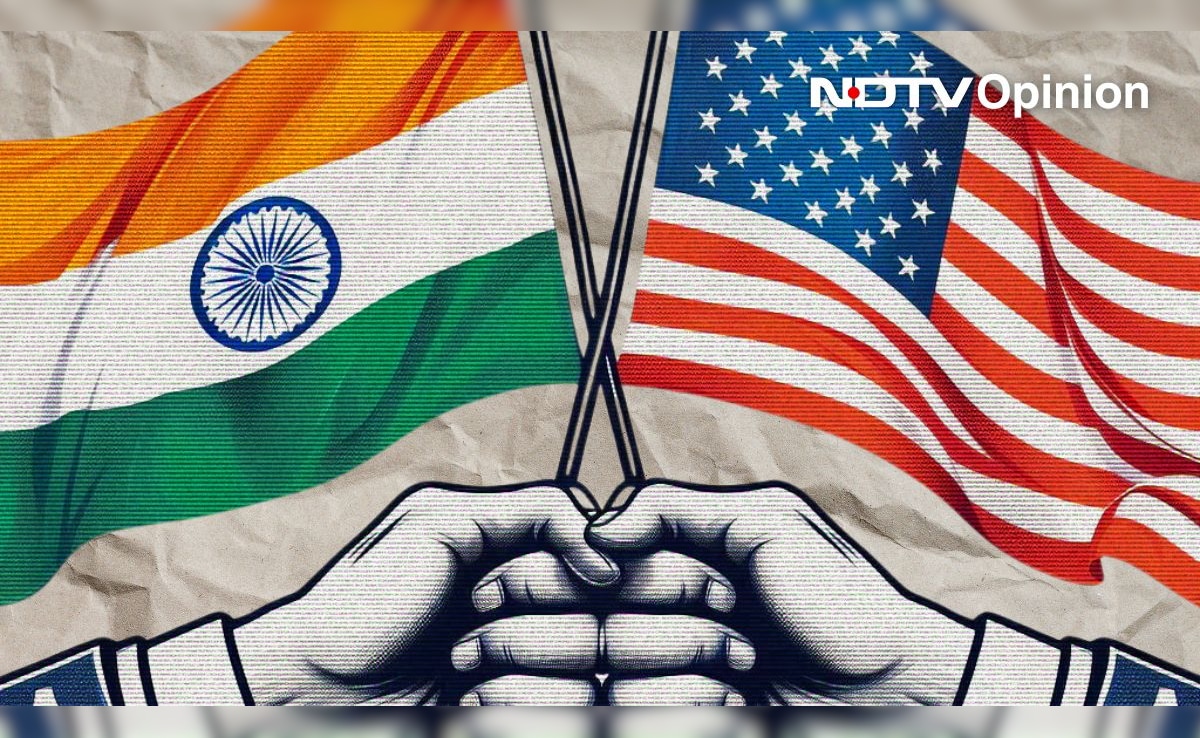The US-India defense relationship is rapidly expanding and adapting to changing regional and global security imperatives. This includes protecting supply chains, advancing critical and emerging technologies, and enhancing cooperation in cyber, space, and new dimensions of battlespace dominance. Defense Minister Rajnath Singh’s visit to the US from August 23 to 26 highlighted these shifts, with the aim of bridging bilateral gaps in these critical areas. The visit underlined a clear trend: while major defense deals continue to strengthen traditional security ties, both countries are increasingly emphasizing emerging strategic elements to integrate the security partnership with a single-minded intent to make the Indo-Pacific region free and open.
Issues critical to the joint interests of India and the US in the Indian Ocean and the security of the Indo-Pacific will be prioritised. India’s increasing role in shaping regional security by ensuring freedom of navigation, now especially as a member of the Combined Maritime Force (CMF), was recognized. With India assuming leadership of the Combined Task Force 150 in 2025, the stakes for an expanded regional security role for New Delhi have increased.
The Indo-Pacific Arena
As the Indo-Pacific continues to play a central role in regional and global security, strengthening the partnership in this region is critical to shaping a regionally beneficial security architecture. In this regard, the visit provided an opportunity to take steps in increasing supply chain security and improving maritime security in the Indian Ocean. Among the highlights was a new agreement to expand and strengthen operational coordination between India and the US by placing Indian liaison officers under US commands. The agreement is a step forward for regional security coordination and domain awareness in the Indo-Pacific for India, complementing an earlier initiative to host US officers at the Information Fusion Center (IFC-IOR) in India. It also overcomes the capacity limitations of India, or any country, to solely monitor the vast expanse of the Indo-Pacific in real time. Beyond the Indo-Pacific, posting Indian liaison officers to the other ten Combatant Commands could herald new perspectives in information sharing.
At the heart of the visit were steps to strengthen the Major Defense Partnership (MDP) and reinvigorate joint production, including reviving the Defense Trade and Technology Initiative (DTTI). Under the US-India Roadmap for Defense Industrial Cooperation, an agreement was signed to jointly produce jet engines, unmanned platforms, ammunition and ground mobility systems. Ahead of the third India-US Defense Acceleration Ecosystem (INDUS-X) summit to be held in the US in September, discussions to expand cooperation in undersea and space-related cooperation were timely .
What is SOSA
One of the key outcomes of the visit was the signing of the Security of Supply Arrangement (SOSA), making India the 18th country to sign this agreement with the US. It reflects a shared long-term vision to seamlessly integrate both countries’ defense industrial ecosystems while protecting supply chains from future disruptions. SOSA complements the Major Defense Partnership (MDP) and the Defense Technology and Trade Initiative (DTTI). The visit was particularly intended to revive the DTTI, a co-production initiative that was launched with high expectations but had lost momentum. The Under Secretary of Defense for Acquisition and Sustainability will host a DTTI meeting in the coming months, bringing together government and private stakeholders from the defense industries of both countries. The primary purpose of the DTTI is to integrate the US and Indian defense industrial bases, and to promote bilateral efforts in co-development, co-production and co-sustainability.
SOSA strengthens the partnership by creating guardrails for supply chains between the two countries’ defense industries, which are poised to grow with new co-production and co-development opportunities. Guided by the US Defense Priorities and Allocations System (DPAS), the arrangement provides structural and institutional guarantees for defense supplies. India, in turn, is expected to develop a common code of conduct for government and industry stakeholders, prioritizing critical supplies to the US on a voluntary basis. With SOSA in place, working groups will have the framework to communicate more frequently and take proactive steps to ensure supply chain stability, both in peacetime and crisis situations.
Diaspora as ‘living bridge’
Defense Minister Rajnath Singh’s reference to the Indian diaspora in the US as a ‘living bridge’ now finds resonance in the context of the growing defense relationship between India and the US. June marked the first anniversary of the US-India INDUS-X initiative, which aims to build a defense innovation bridge between the two countries under the Initiative on Critical and Emerging Technology (iCET). By connecting researchers, investors and defense technology companies from both countries, INDUS-X outlines a strategy to leverage private capital for defense innovation.
India and the US are quickly adapting to the evolving global security landscape and responding to new threat perceptions with greater innovation and cooperation in advanced domains. The second US-India Advanced Domains Defense Dialogue (AD3), held this year, underscored the importance of coordination in emerging defense areas, including space, cyber and artificial intelligence, while identifying critical subsectors for potential industrial cooperation.
The following goals
The Secretary of Defense also visited the Naval Surface Warfare Center in Memphis, accompanied by a delegation from the Defense Research and Development Organization (DRDO), signaling a potential avenue for joint learning and development. In a boost to India’s Anti-Submarine Warfare (ASW) capabilities, India has secured the purchase of sonobuoys from the US in the run-up to the visit. The acquisition and co-production of General Atomics’ MQ-9B remote-controlled aircraft systems and the joint production of GE F414 jet engines in India are the next big goals for both countries.
Rajnath Singh’s visit has once again underlined that defense is the key driver when it comes to shaping the trajectory of US-India bilateral cooperation.
(Harsh V Pant is vice-president for studies at ORF and professor at King’s College London. Vivek Mishra is Fellow, Americas, at ORF.)
Disclaimer: These are the personal opinions of the authors










